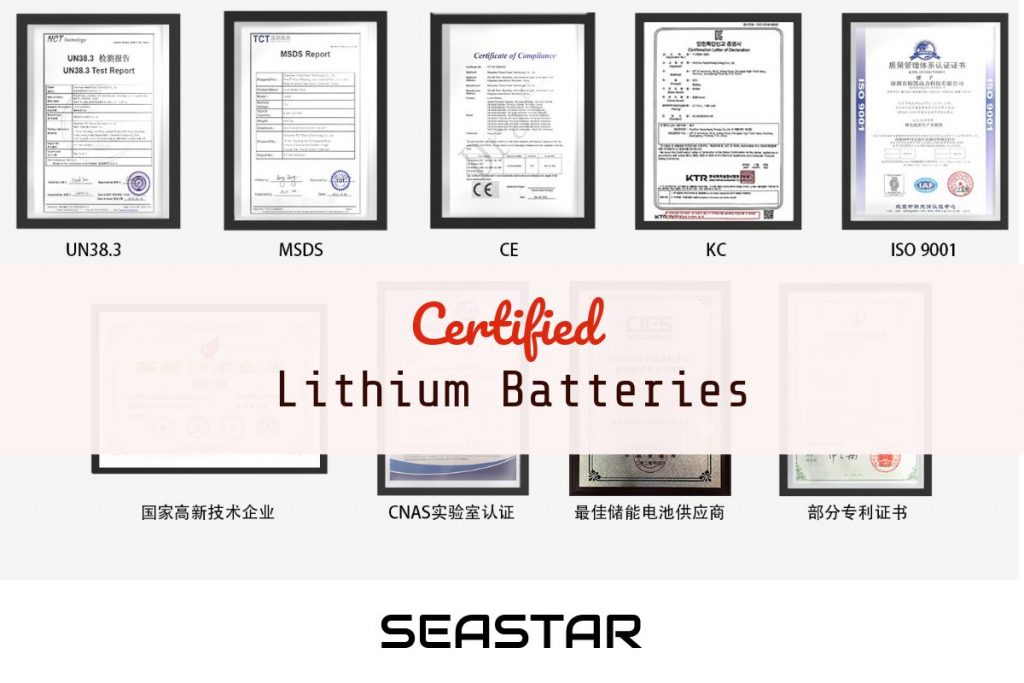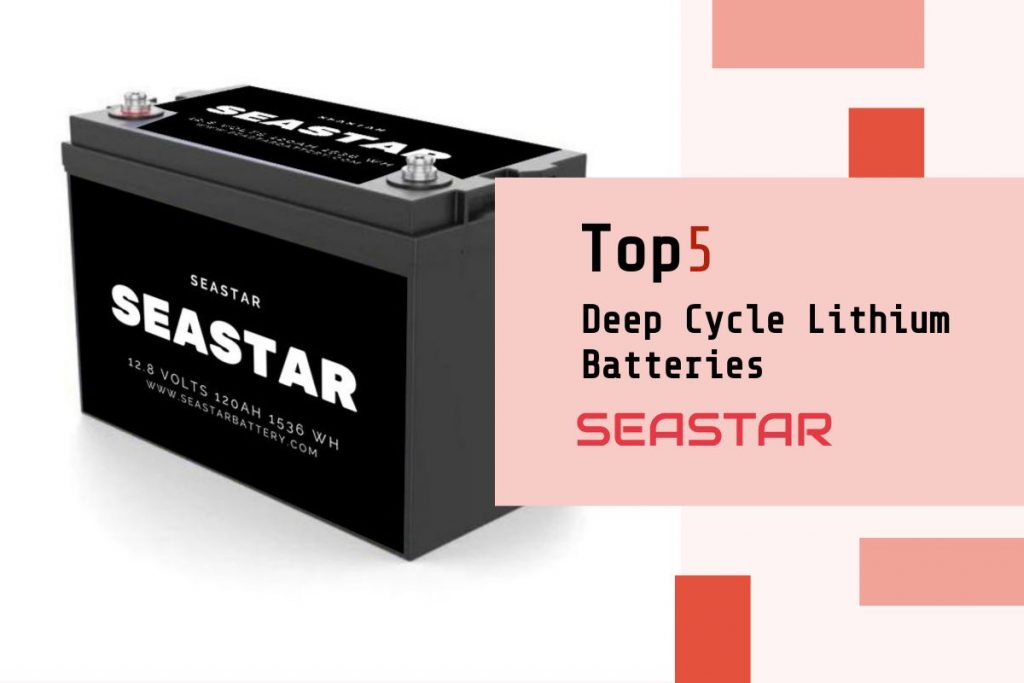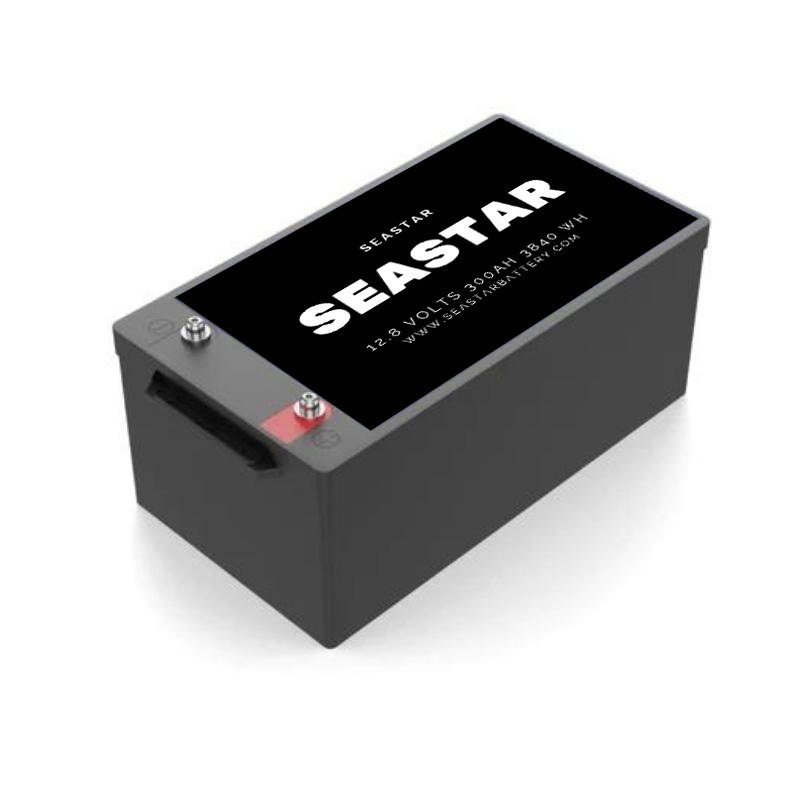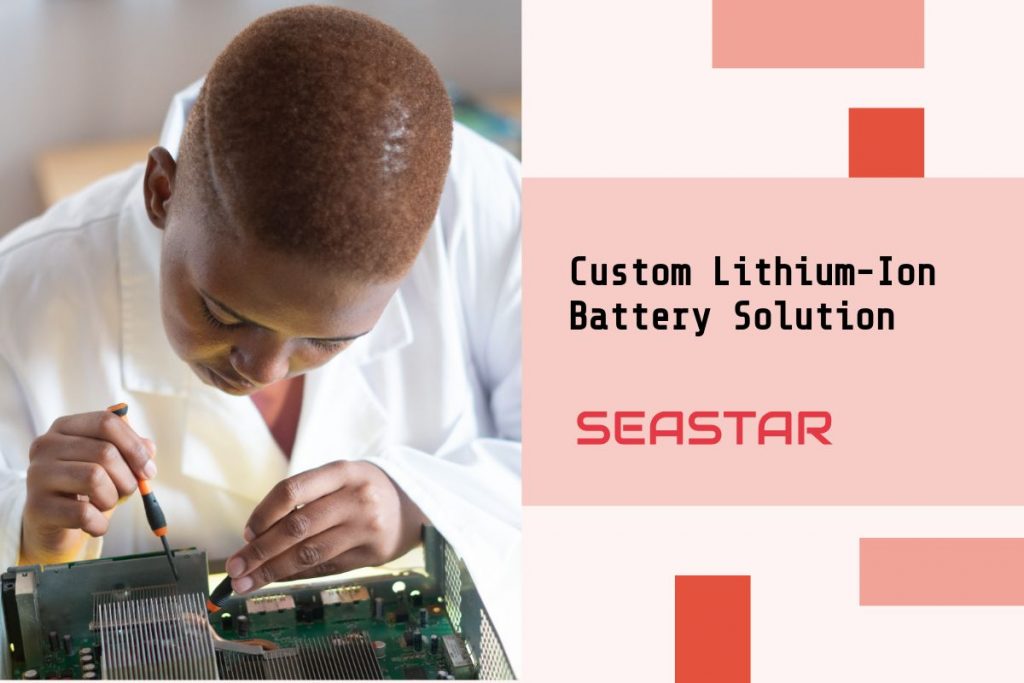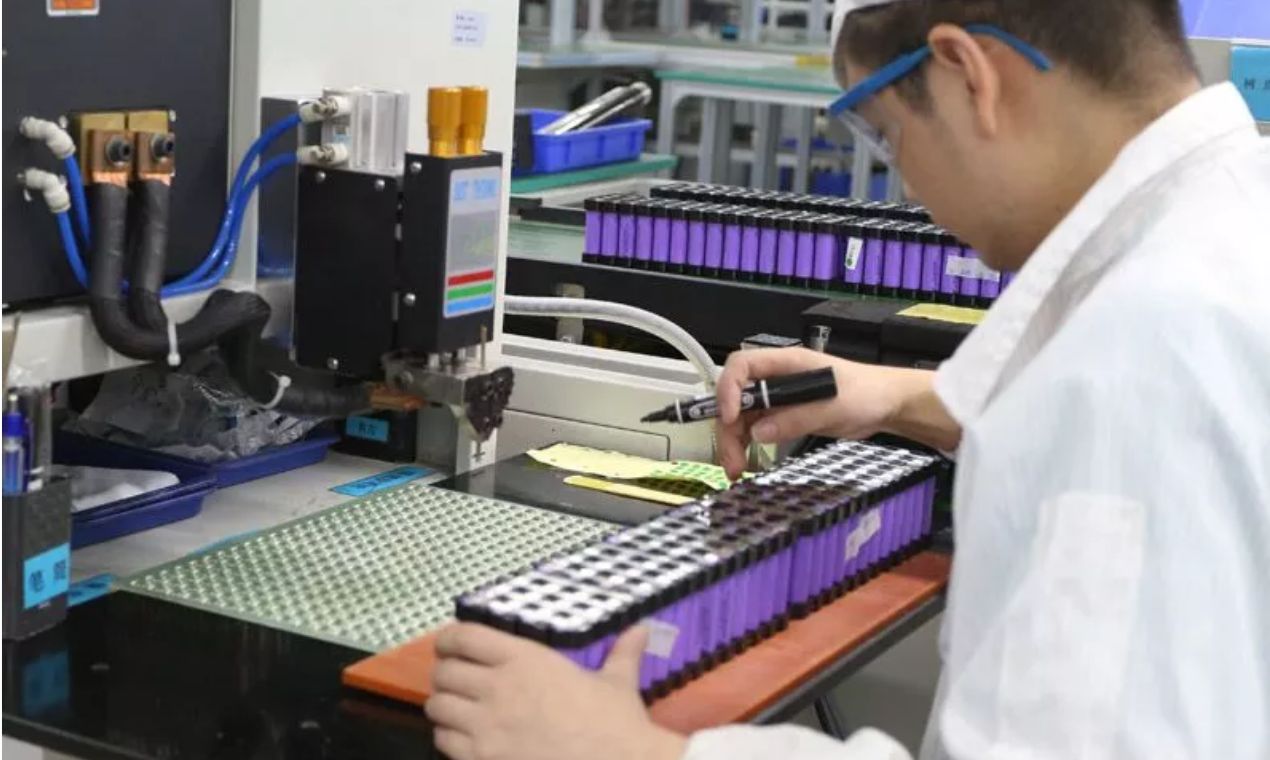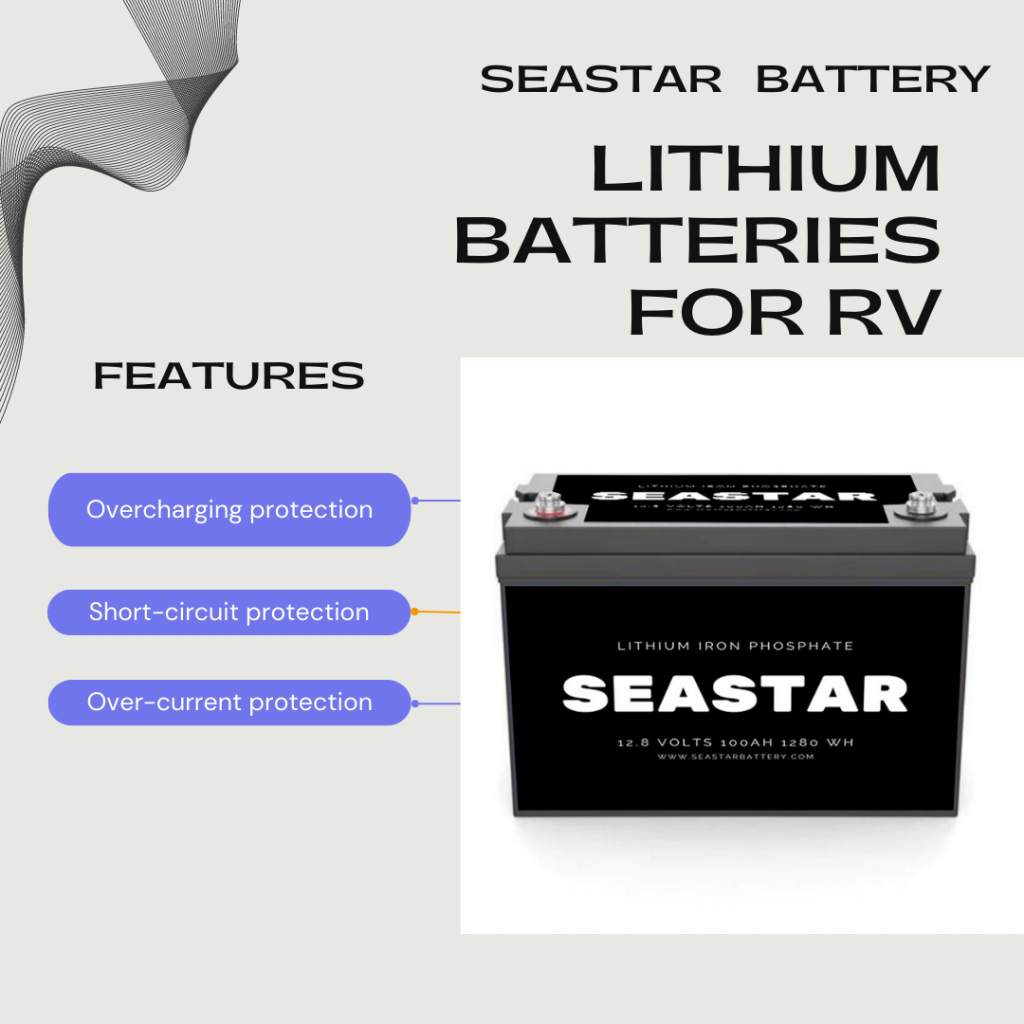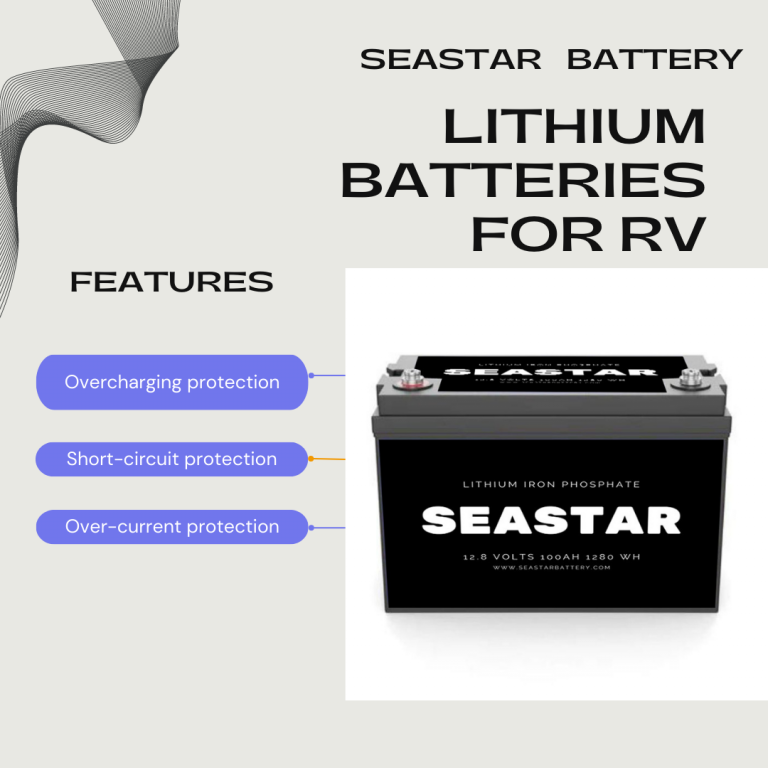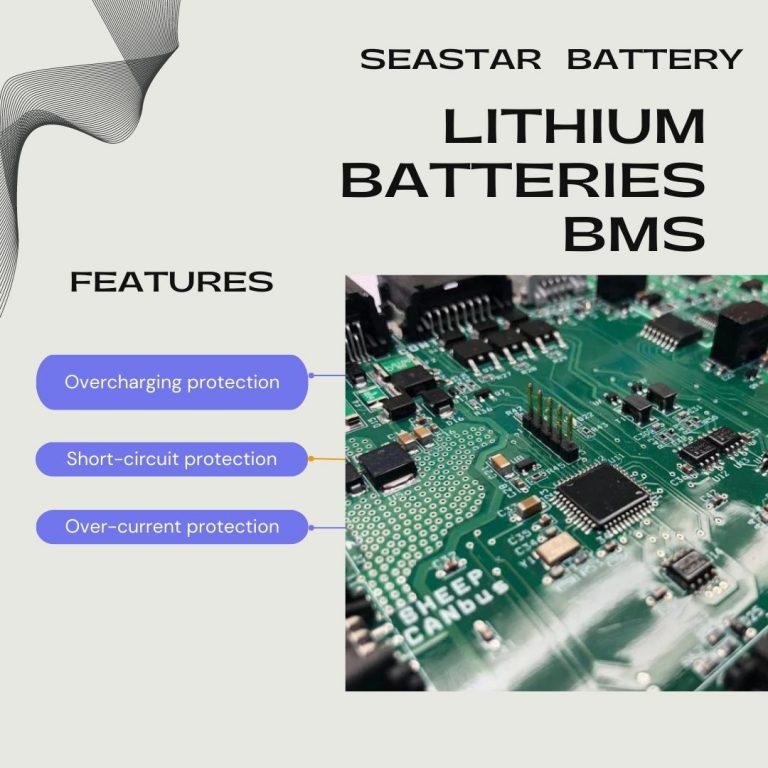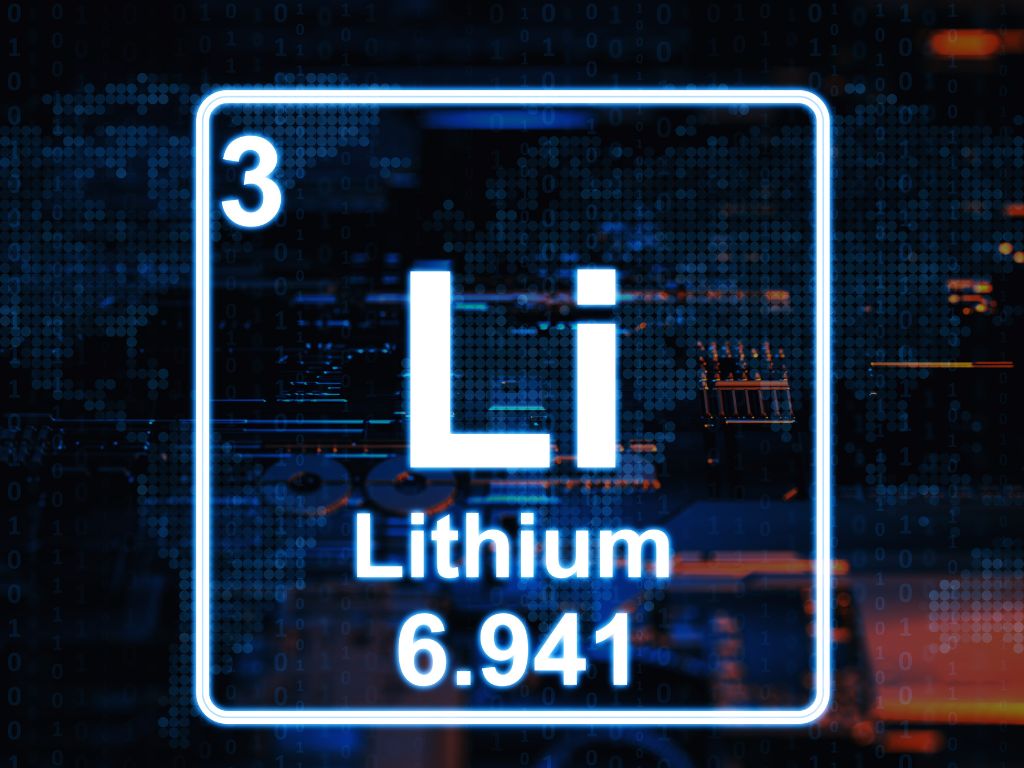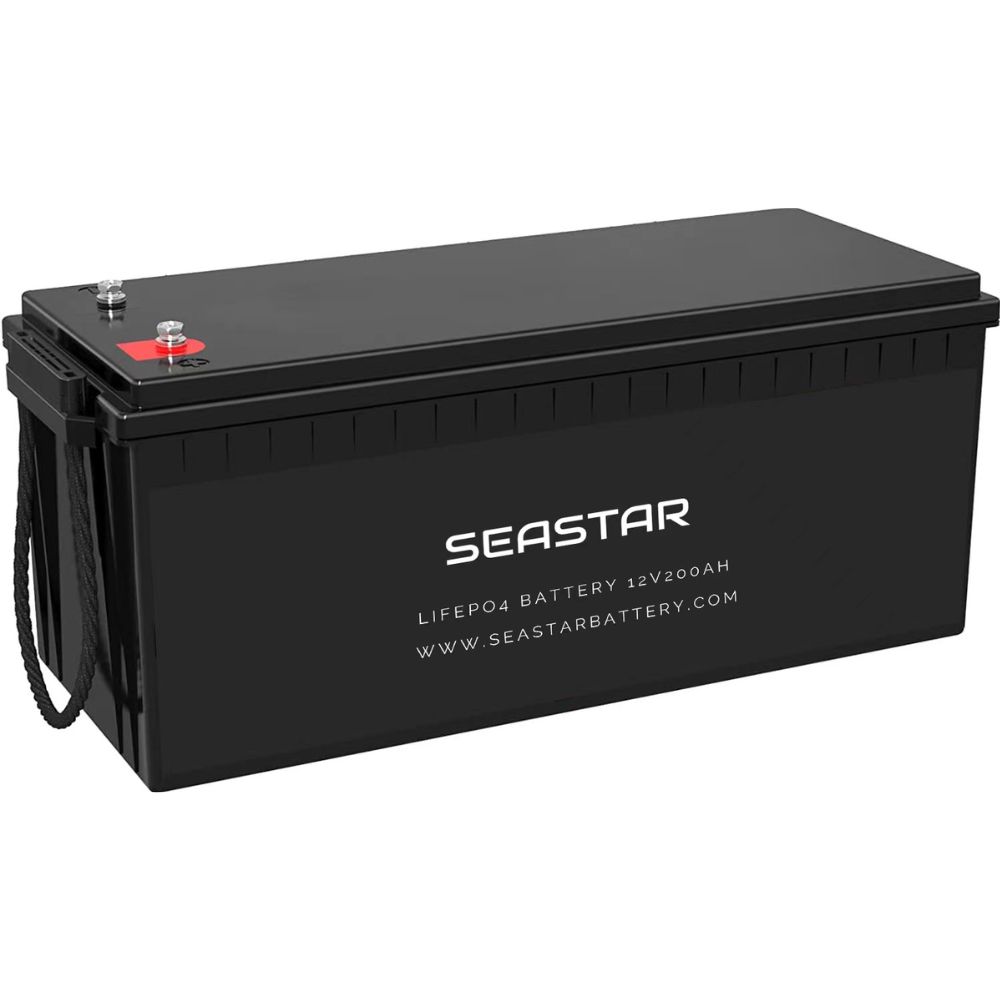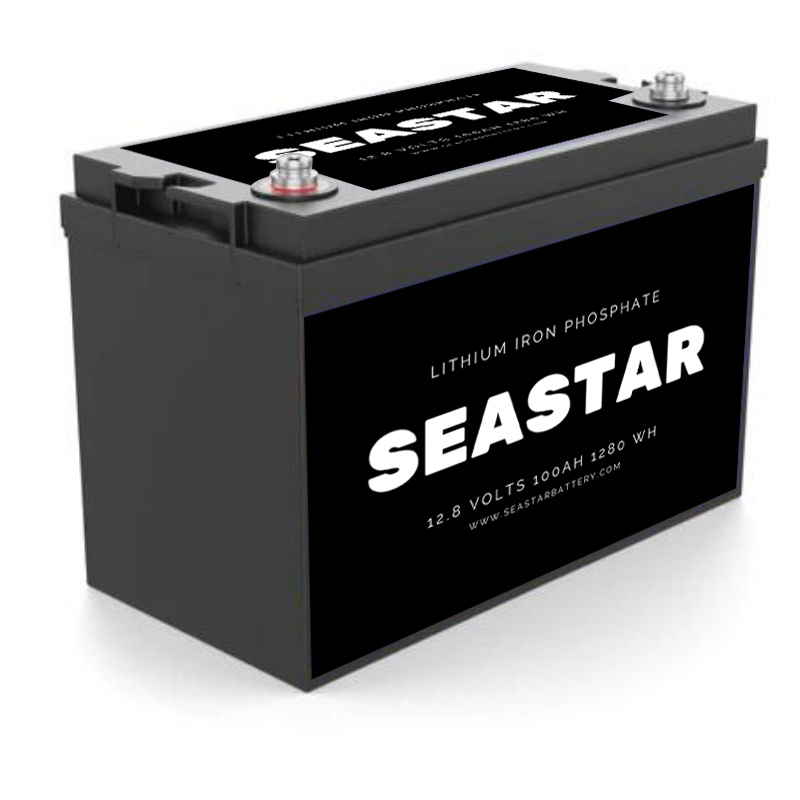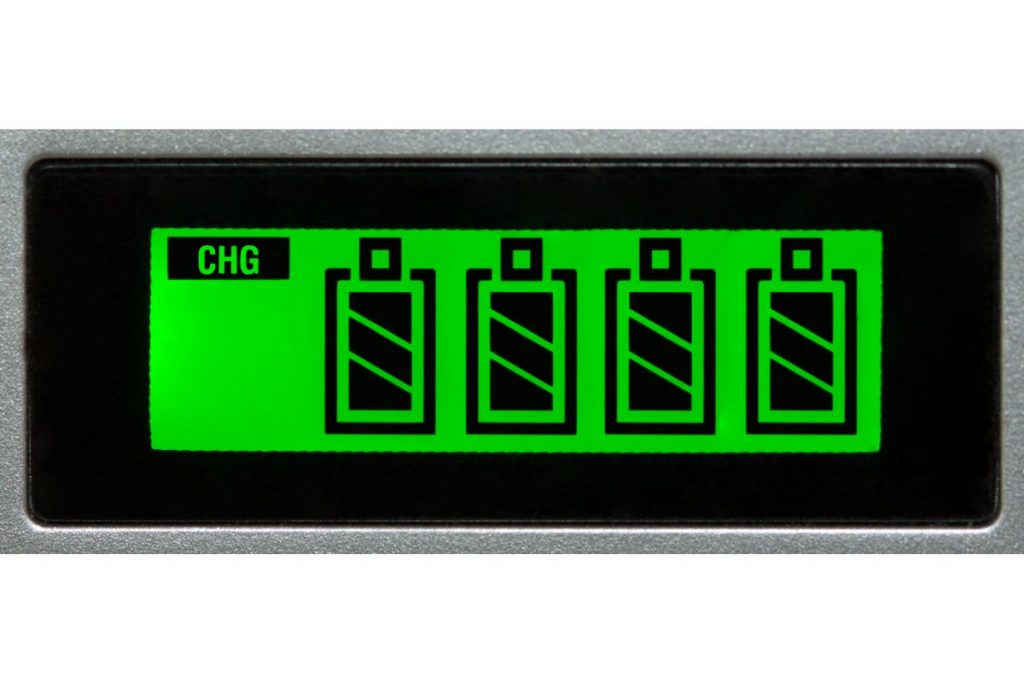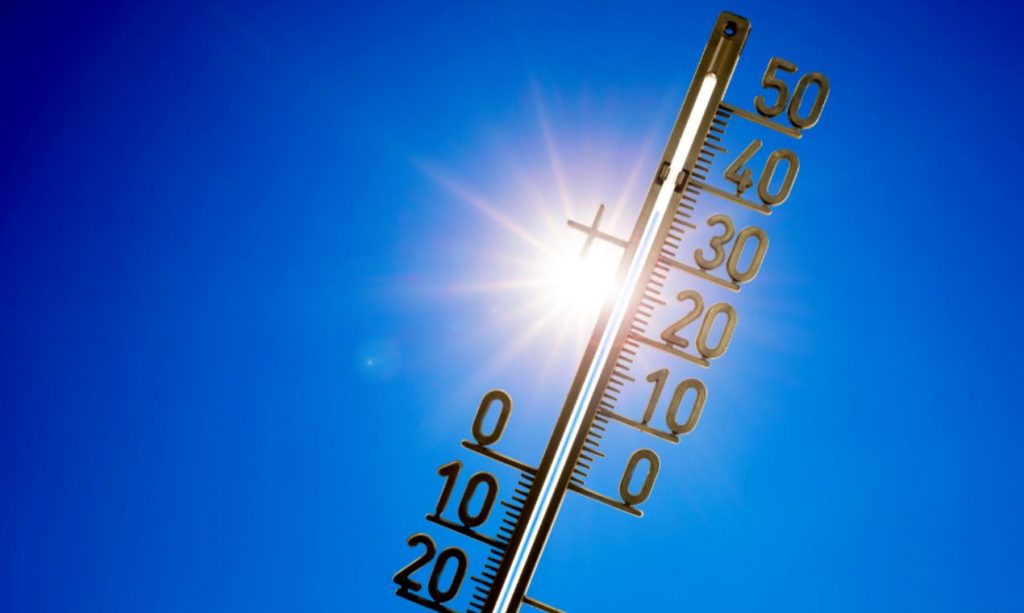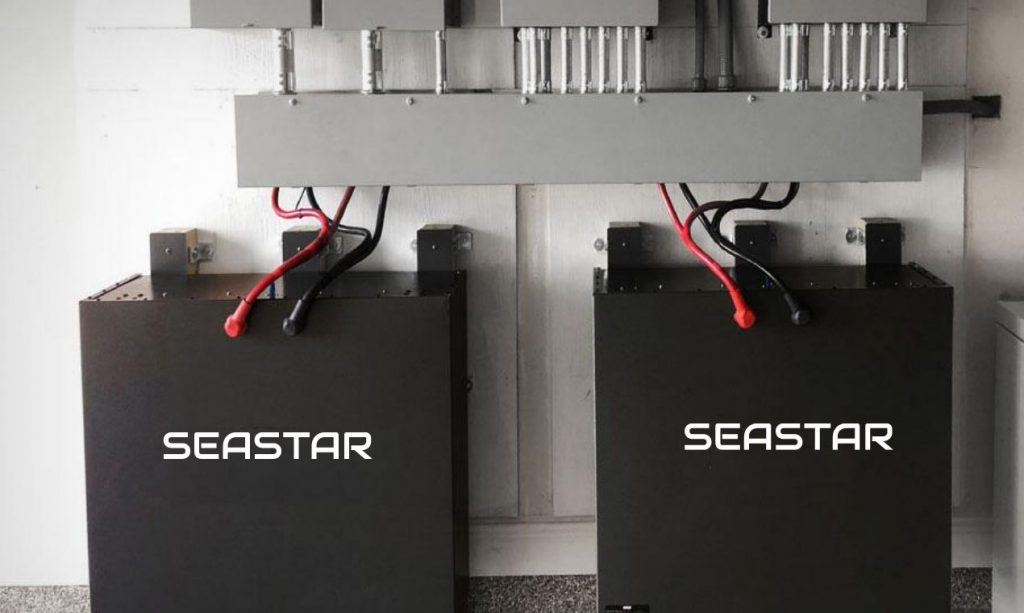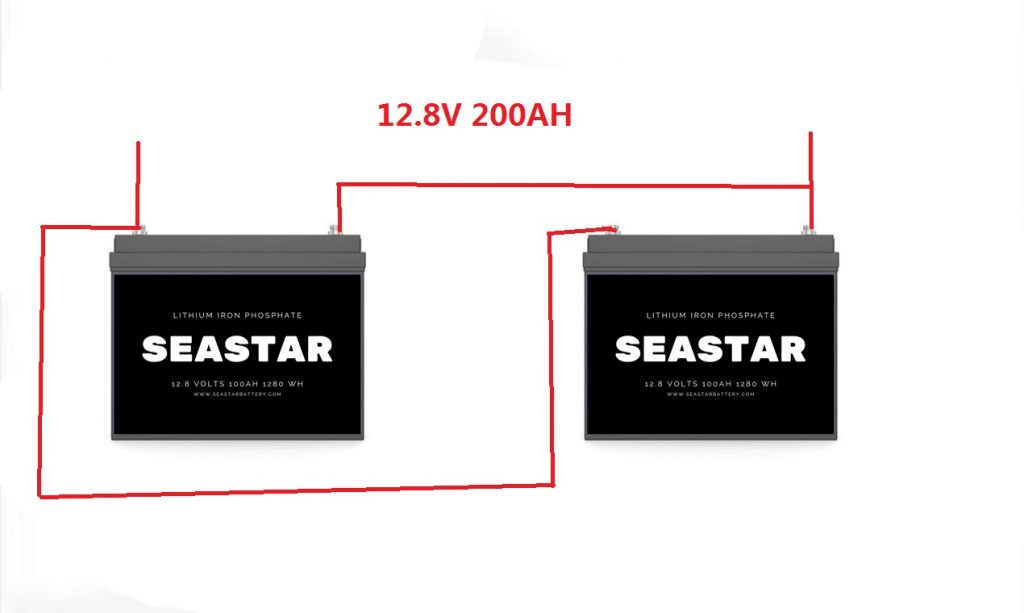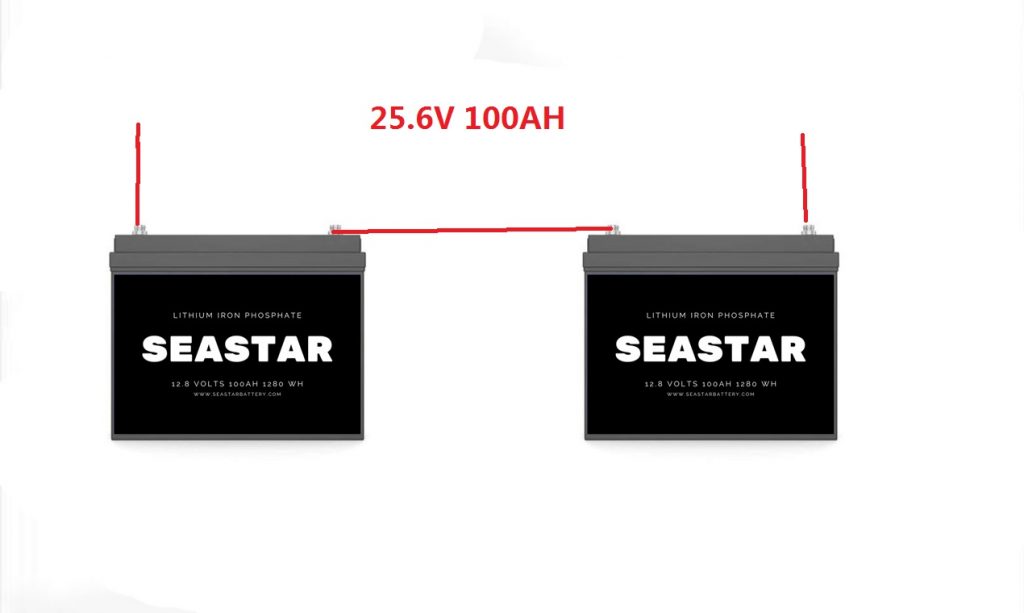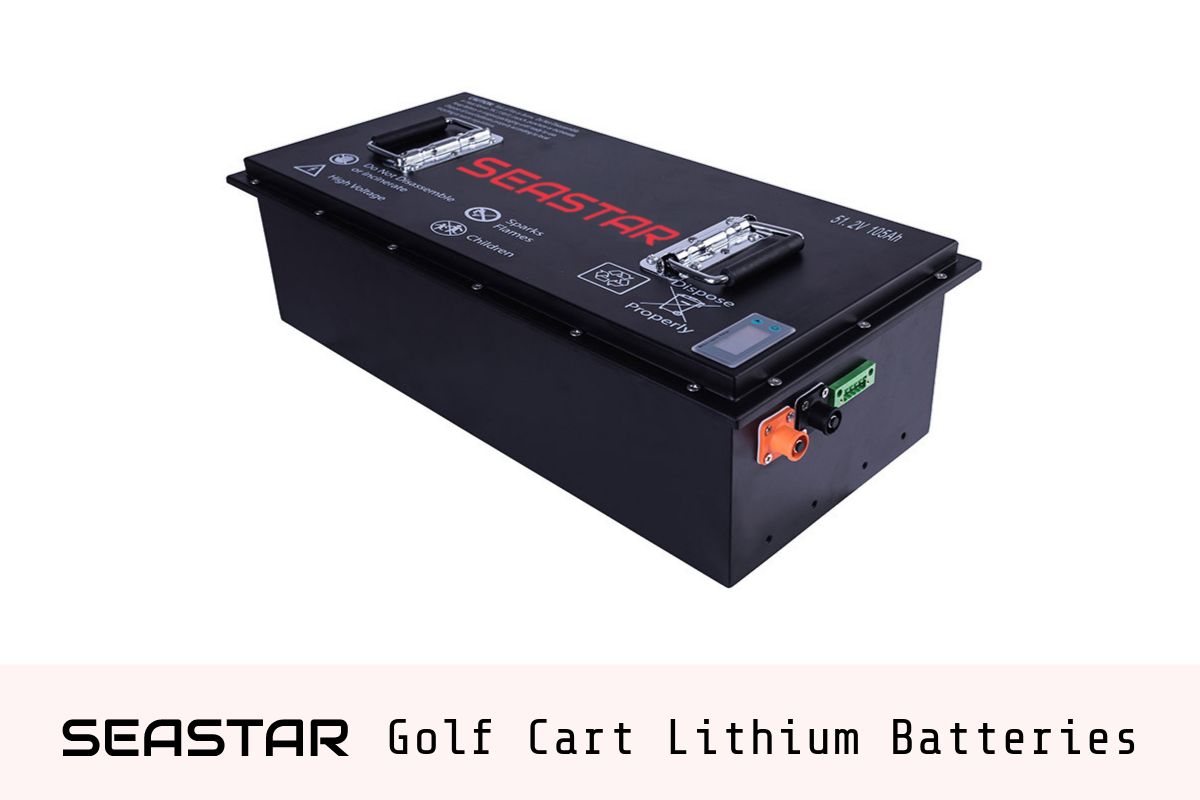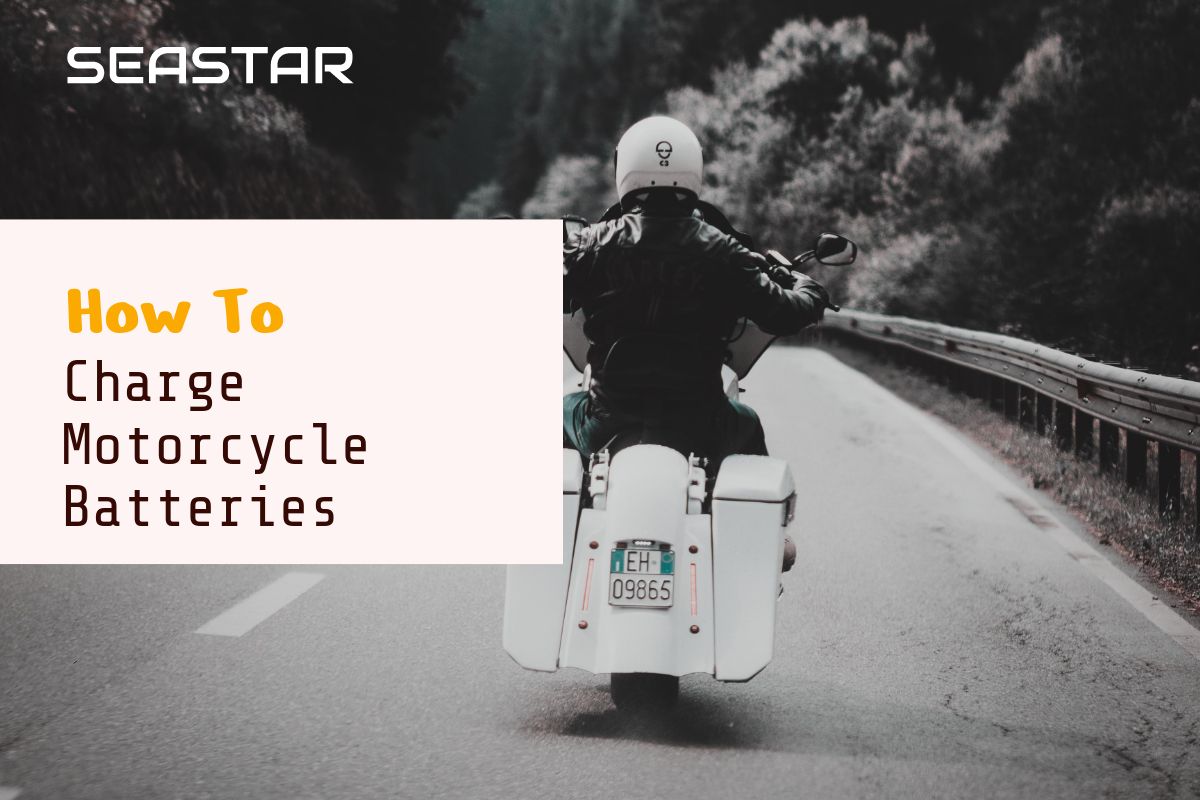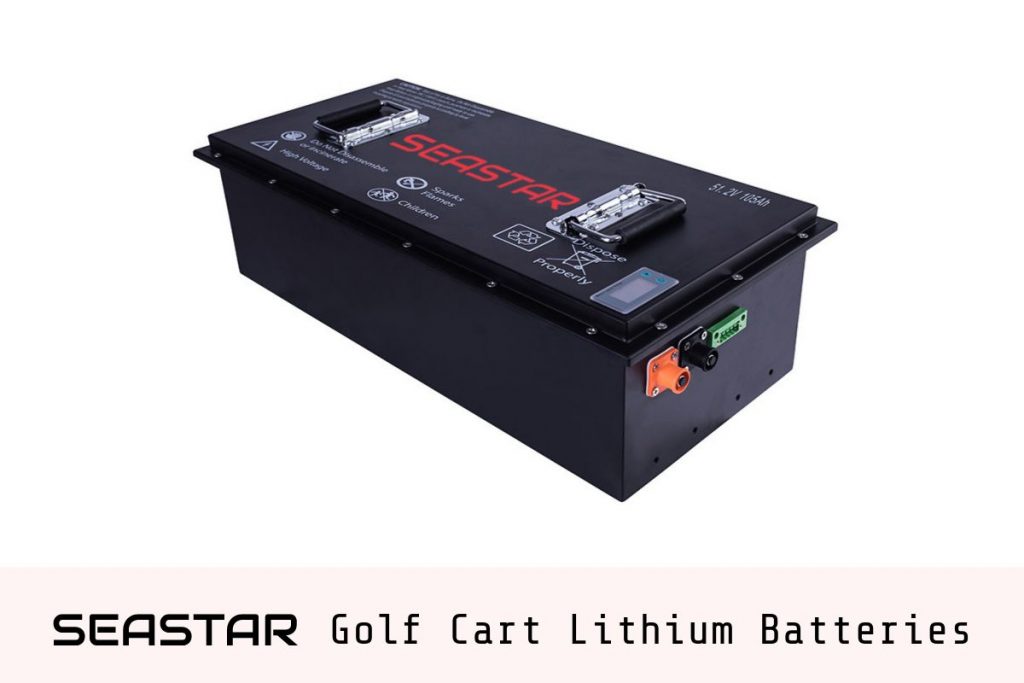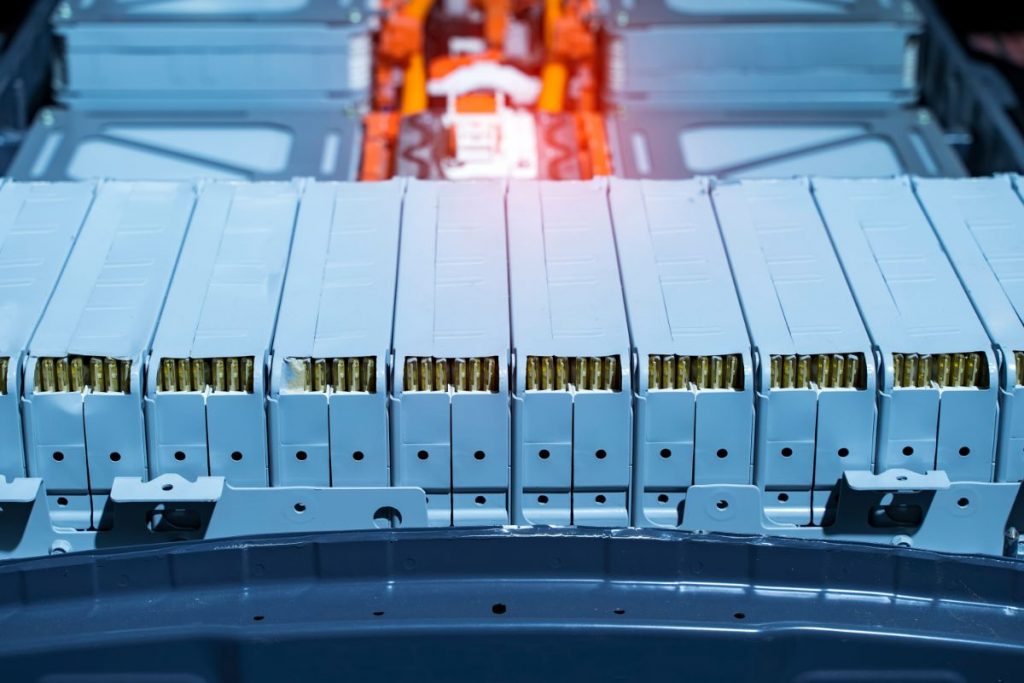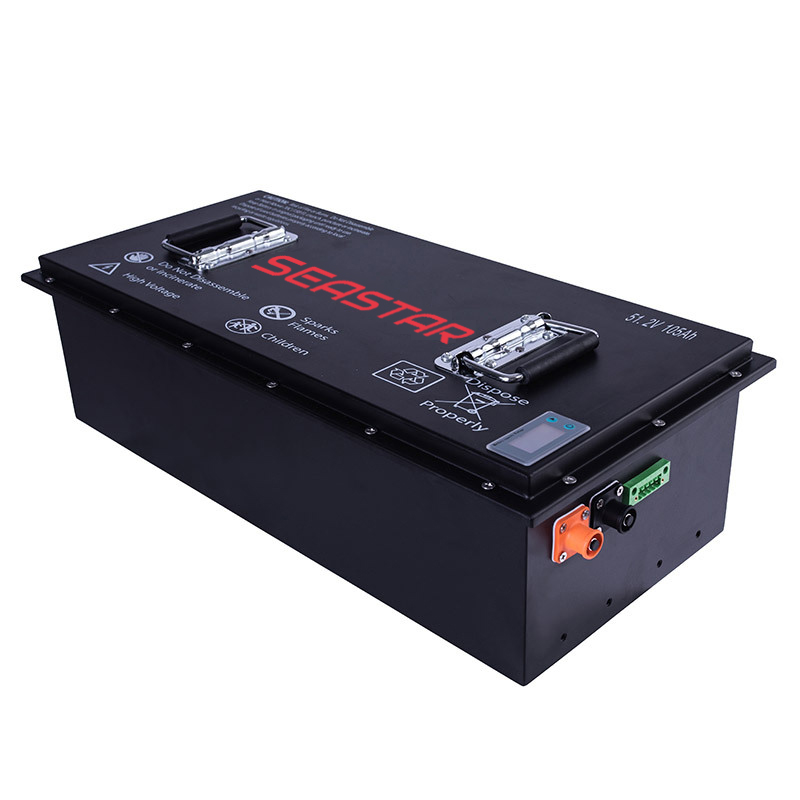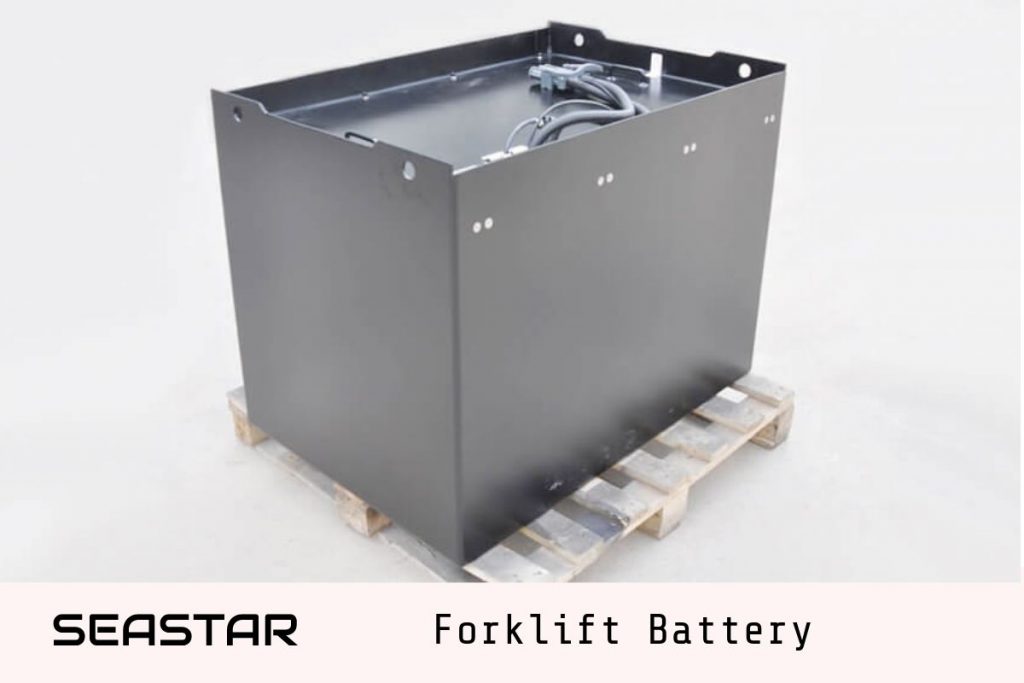Unlock the Power of Certified Lithium Batteries: A Guide for Smart Buyers
Are you looking to store lithium batteries and want to ensure the utmost safety and quality? Look no further than Seastar Battery, a reputable manufacturer in Shenzhen, China. We understand the importance of meeting international standards and certifications to deliver products that exceed expectations.
In this informative article, we outline the essential certifications you should consider when storing lithium batteries. By following these guidelines, you can make informed purchasing decisions and have peace of mind knowing that your batteries are in good hands.
Table of Contents
UN/DOT 38.3 Transportation Testing: Crucial for Any Lithium Battery
Whether you’re transporting lithium batteries by air, land, or sea, the UN/DOT 38.3 certification is a must. It ensures compliance with rigorous safety standards, including thorough testing for electrical, thermal, and mechanical hazards. With this certification, you can trust that the batteries are packaged, labeled, and documented for safe transport and storage.
IEC 62133: Safety and Quality Standards You Can Rely On
When it comes to portable lithium-ion batteries, the IEC 62133 certification is internationally recognized for its stringent safety requirements. By choosing batteries with this certification, you can be confident that they have undergone rigorous testing for electrical, mechanical, and environmental aspects. Safety and performance are guaranteed.
ISO 9001: Quality Management at Its Best
For superior quality assurance, select a lithium battery manufacturer with ISO 9001 certification. This widely recognized certification demonstrates effective quality management processes and adherence to strict standards. With ISO 9001, you can trust that the manufacturer prioritizes customer satisfaction and delivers high-quality products.
ISO 14001: Environmental Responsibility at the Core
If environmental responsibility is important to you, look for ISO 14001 certification. This certification signifies a manufacturer’s commitment to minimizing environmental impact and ensuring sustainable operations. It covers all aspects of the production and storage of lithium batteries, ensuring a responsible choice for the planet.
UL Certification: Your Guarantee of Safety
When it comes to commercial and industrial applications, UL certification is essential. Underwriters Laboratories (UL) is a globally recognized safety certification organization. With UL-certified lithium batteries, you can rest assured that they meet rigorous safety standards and have undergone thorough testing. Safety is paramount.
CE Marking: Compliance Made Easy
For those planning to store or distribute lithium batteries in the European Economic Area (EEA), the CE marking is mandatory. It indicates compliance with EU safety, health, and environmental protection regulations. Make sure your batteries bear the CE marking for seamless conformity with applicable requirements.
Choose Seastar Battery for Certified Excellence
At Seastar Battery, we pride ourselves on holding these essential certifications. Our commitment to delivering high-quality lithium batteries that exceed industry standards is unwavering. Partner with us for peace of mind, knowing that your batteries are manufactured, stored, and transported with the utmost attention to safety and quality.
For more information on our certifications or to discuss your specific requirements, contact our knowledgeable team. We’re dedicated to providing reliable, high-performance lithium batteries tailored to your unique needs. Experience the power of certified excellence today.
Why Choose Seastar Battery: Your Trusted Lithium Battery Manufacturer in Shenzhen, China
When it comes to lithium battery manufacturing, trust is key. At Seastar Battery, we understand the importance of strict regulations and industry best practices. As a leading lithium battery manufacturer in Shenzhen, China, we prioritize quality, safety, and compliance in our factory production processes.
Certifications that Matter
Selecting a lithium battery manufacturer? Look for relevant manufacturing certifications. At Seastar Battery, we hold certifications such as ISO 9001 and ISO 14001. These demonstrate our commitment to high-quality management and environmental sustainability.
Safe Storage, Guaranteed
At Seastar Battery, we take the safety of our products seriously. Our factory is equipped with proper storage facilities, ensuring that your lithium batteries are stored in well-ventilated, clean spaces. We eliminate potential hazards and control temperature and humidity to maintain optimal storage conditions
Unlock the Power of Certified Lithium Batteries: A Guide for Smart Buyers Read More »
